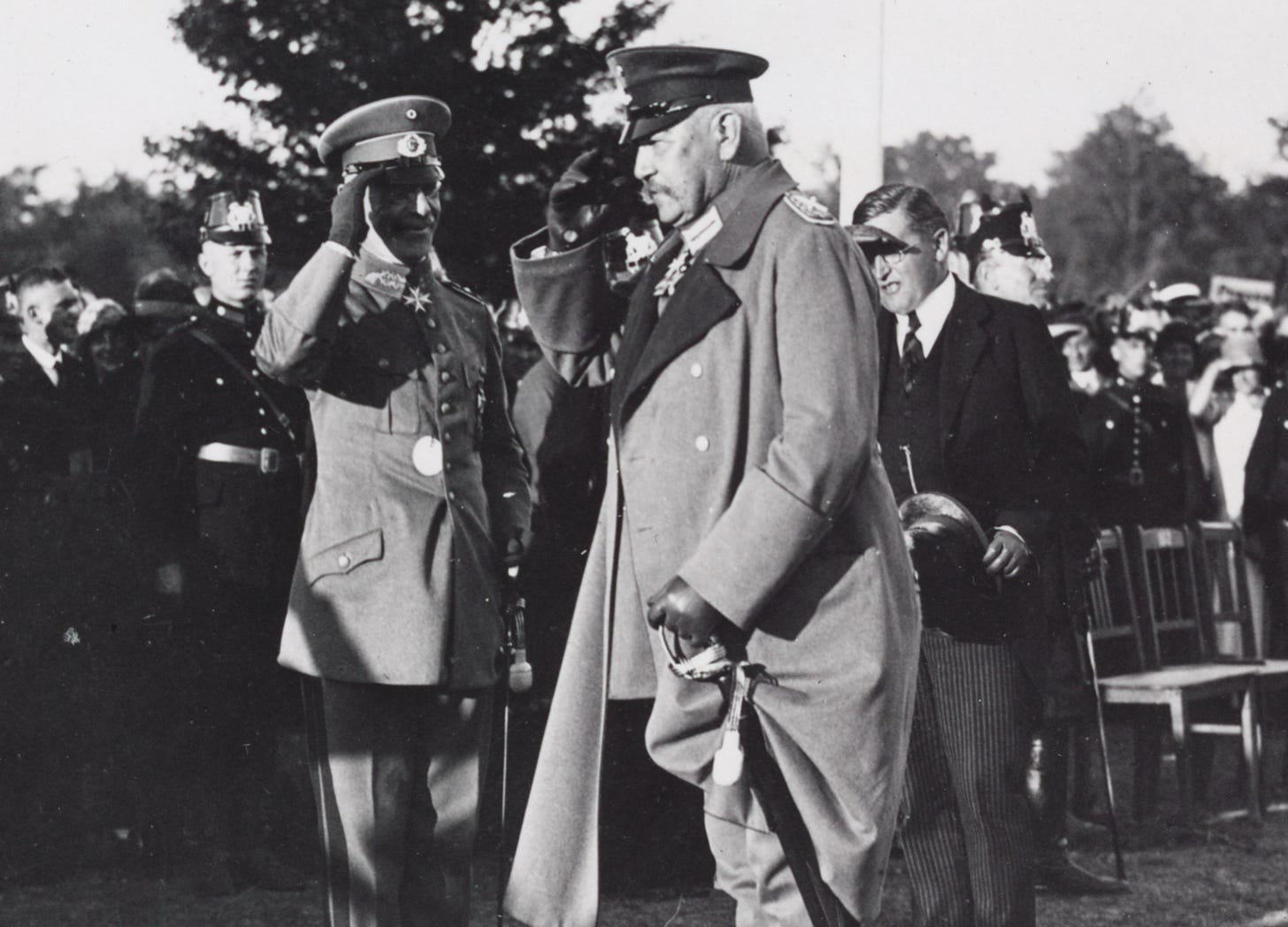
On the eve of the Second World War, Captain Albert Coady Wedemeyer of the US Army attended the Kriegsakademie in Berlin. Soon after completing, in July of 1938, the two-year course for future officers of the German General Staff, he submitted a pair of reports. The first of these provided a précis of the approach that the German Army took to tactics, leadership, and organization. The second described, in considerable detail, Captain Wedemeyer’s observations of the curriculum he had followed.
The following article provides a verbatim copy of a section of the second report that describes the traits required of the commanding general of an infantry division. (Readers wishing to read complete copies of both reports can find the first in the book Wedemeyer on War and Peace and the second on the website of the Combined Arms Research Library.
The Division Commander has a command which tactically and administratively self-contained. There are fourteen different types of weapons, whose tactical and technical employment in a broad sense he must understand. He is responsible for the training, welfare, and conduct in battle of over fifteen thousand men
He must impose his will and inculcate a feeling of confidence and respect in all members of his command. In his relations with the staff, he must be friendly yet the dominant personality. He may delegate certain authorities to members of his staff, but the responsibility for every occurrence within the Command remains upon his shoulders. Decisions, broad policies, [and the] tactical employment of the command are determined by the Commander.
Summing up the qualities required of a Division Commander, he must possess moral courage and broad knowledge of the tactical and technical employment of all arms. He must have a dominant yet pleasing personality. Finally, [he must possess] a sense of loyalty to his subordinates as well as to his seniors.





This is an excellent description to include the illuminating comments by Mark McGrath. In fact, this description of a Div Commander is probably ideal from the point in history when Divisions were even formed. In disciplined and motivated military organizations the dictatorial and martinet type commander is obsolete and counter productive. Yet, they still exist. We don’t often see the word “ friendly” in modern leadership theory. I believe it is essential to bond with units. My best leaders over 27 years were both polite and friendly, yet no one mistook their demeanor for a lack of resolve or toughness. While Gen Lejeune is often quoted in Marine circles as advocating similar leadership values, some leaders are by temperament not capable of it.
I’ll wager he also understood, with crystal clarity, Einheit, Fingerspitzengefühl, Schwerpunkt and Auftrag!